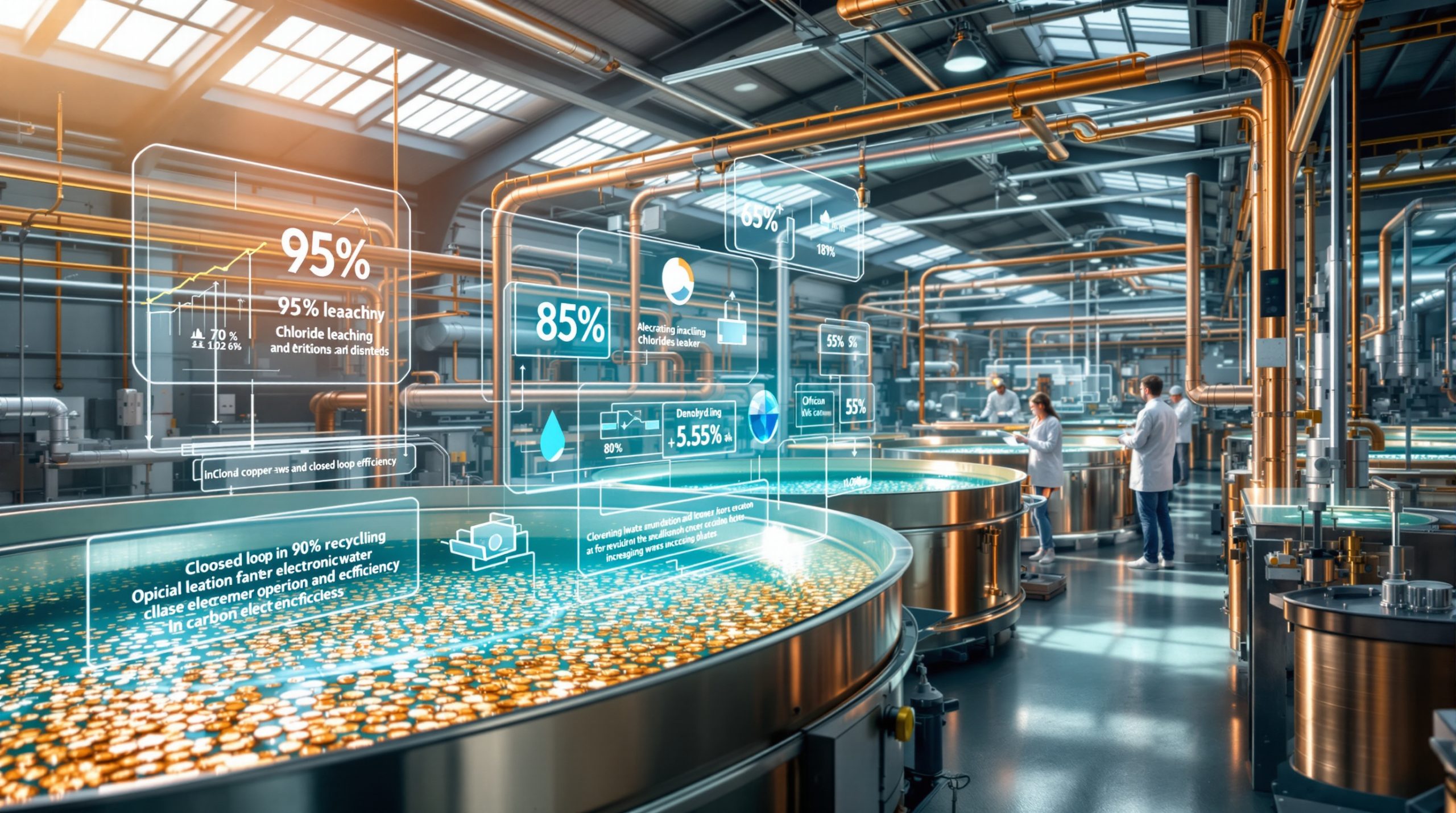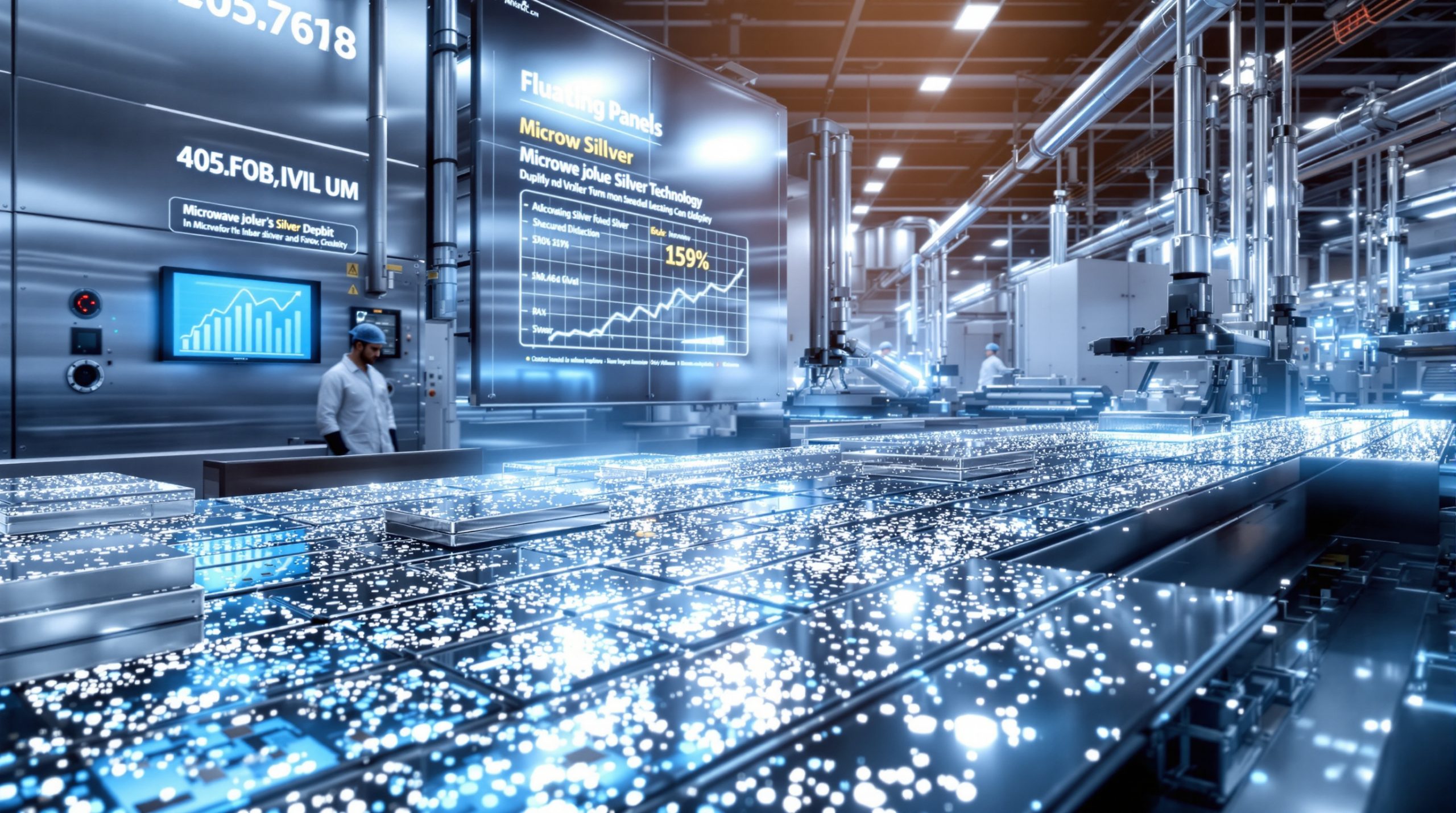How is Australia's Iron Ore Industry Changing?
Australia's iron ore sector, once the bedrock of national prosperity, is showing signs of transition from explosive growth to a more measured plateau. The industry that helped Australia navigate the 2008 global financial crisis and generated enormous wealth is facing structural challenges that signal the end of its golden era. While not facing imminent collapse, the sector is entering a new phase characterized by maintenance rather than expansion, with significant implications for Australia's economic future.
The Shift from Growth to Maintenance
The recent opening of Rio Tinto's Western Range mine in Western Australia's Pilbara region exemplifies this transition. Rather than representing industry expansion, this new 25-million-ton-per-year operation primarily replaces depleting resources at aging mines. The ore is transported via an 18-kilometer conveyor belt to Rio Tinto's existing Paraburdoo plant, which has been processing material for half a century—highlighting the mature nature of operations in the region.
As Jakob Stausholm, outgoing CEO of Rio Tinto, noted at the mine's opening: "We are not just unveiling a new operation, we are celebrating the next chapter" in the company's partnership with China Baowu Steel Group, which owns 46% of Western Range. This language of "next chapters" rather than expansion reflects the industry's new reality.
Australia's Resources Minister Madeleine King emphasized the continued importance of the sector, calling iron ore "the bedrock of Australians' prosperity and the thread which binds us to the global economy," while describing the project as "further proof that Australia's iron ore sector is the best and most stable in the world." However, this stability increasingly represents plateau rather than growth.
Financial Indicators of Change
Rio Tinto's recent financial performance provides concrete evidence of this shift, with the company reporting its lowest first-half profits in five years due to declining ore prices analysis. This trend isn't merely cyclical—it represents a structural change in the market.
Government forecasts project iron ore prices dropping to approximately $74 per ton by 2027—about 40% below the average price of the past five years. This sustained price decline is expected to reduce federal budget revenue by more than A$19 billion ($12.2 billion) over just two years, creating significant fiscal challenges for both federal and state governments.
Production volumes across the Pilbara are expected to peak within three years, after which the industry will focus primarily on maintaining output rather than pursuing significant growth. This marks a fundamental shift in Australia's most lucrative export industry.
What Challenges is Australia's Iron Ore Sector Facing?
The iron ore industry's challenges extend beyond cyclical price fluctuations to more fundamental structural issues that threaten its long-term dominance.
Declining Ore Quality and Rising Costs
The quality of Pilbara iron ore is gradually declining, with pricing agency Platts planning to reduce the benchmark grade from 62% to 61% iron content starting next year. This seemingly small adjustment signals a significant shift in market perception of Australian ore quality and will have real financial implications for producers.
As deposits age, maintaining production levels requires more extensive processing and higher operational costs. The declining ore quality creates a negative feedback loop—lower quality ore sells at lower prices while simultaneously requiring more processing investment, squeezing profit margins from both directions.
Greg Lilleyman, a veteran mining executive with 26 years at Rio Tinto and former Chief Operating Officer at Fortescue, highlights this challenge: "It's a very significant risk that sits across the Pilbara. Customers want higher quality iron ore, lower emissions per ton of steel, higher productivity from smaller footprints."
Changing Steel Industry Requirements
Global steelmakers are increasingly prioritizing higher-grade iron ore (67%+ iron content) to reduce carbon emissions and improve efficiency. Most Pilbara deposits contain between 56-62% iron, falling short of this premium threshold. This quality gap creates a competitive disadvantage as the steel industry transitions toward cleaner production methods.
High-grade ore is particularly crucial for the shift from coal-heavy blast furnaces to cleaner electric-arc technology. As steelmakers worldwide face increasing pressure to decarbonize, the premium for high-quality ore is likely to increase, potentially stranding lower-grade Australian resources or requiring significant investment in processing technology.
Tim Day, head of Western Australia iron ore operations at BHP Group, acknowledged this challenge when stating: "What got us to this point won't get us where we need to go. We are playing in a global game, where the rules are changing radically as we speak."
Growing International Competition
The long-delayed Simandou project in Guinea is finally approaching production, with its first shipment expected by year-end. This massive development, backed by Rio Tinto and Chinese investors, will eventually produce over 100 million tons of high-grade iron ore annually.
Simandou spans over 100 kilometers and represents some of the world's highest-grade untapped iron ore reserves. While media characterizations of Simandou as the "Pilbara killer" may be overstated, it represents China's strategic effort to diversify away from Australian supply.
Brazil's Vale SA is also ramping up output and supplying higher-grade ore to the market, further intensifying competitive pressure on Australian producers. This combination of new supply sources and higher quality offerings threatens Australia's market share, particularly in premium segments.
What are the Economic Implications for Australia?
The iron ore sector's transition from growth engine to maintenance mode carries significant economic consequences for Australia at both national and individual levels.
Budget Impact and Productivity Concerns
Iron ore makes up more than 4% of Australia's economy and exports are valued at approximately A$116 billion according to recent government data. This has been a crucial revenue source for federal and state budgets, particularly Western Australia. The projected decline in both price and eventually volume threatens this fiscal foundation.
Westpac Banking Corp. estimates that the mining sector drove more than half of Australia's living standards gains in the first two decades of this century—a contribution that will be difficult to replace. The sector's transition comes at a particularly challenging time, as Australia grapples with productivity challenges across multiple industries.
"Without major productivity reform, the end of the mining dividend could cost each Australian approximately A$75,000 in income over the next decade." — Pat Bustamante, Westpac Senior Economist
This economic impact will manifest through slower wage growth, reduced government services, and potentially higher taxes to compensate for declining resource revenues—highlighting the personal economic stake all Australians have in the future of the resource sector.
External Market Pressures
Beyond the structural challenges, external factors are intensifying pressure on Australia's iron ore industry. U.S. tariff policies are affecting global demand patterns, creating additional uncertainty in the steel supply chain.
The global push toward decarbonization also creates both challenges and opportunities. While traditional steelmaking faces pressure to reduce emissions, potentially reducing demand for lower-grade ore, the clean energy transition will require massive quantities of steel for renewable infrastructure, providing a potential counterbalance to these pressures.
How are Mining Companies Responding to These Challenges?
Australia's mining giants are pursuing strategic diversification while maintaining their core iron ore operations, recognizing both the continuing importance of iron ore and the need to develop new growth drivers.
Strategic Acquisitions and Diversification
Rio Tinto has returned to active dealmaking after more than a decade on the sidelines, completing a $6.7 billion acquisition of Arcadium Lithium Plc to strengthen its position in battery metals. This significant investment signals the company's recognition that future growth will need to come from beyond its traditional iron ore business.
Similarly, BHP attempted a bold $49 billion takeover of Anglo American Plc last year, largely motivated by a desire to secure additional copper resources critical for global electrification. While this bid was unsuccessful, it demonstrates BHP's strategic focus on positioning itself for the energy transition rather than doubling down on iron ore.
These strategic pivots reflect the companies' acknowledgment that the world's biggest iron ore windfall is fading for Australia and new growth engines are required to maintain shareholder returns.
Focus on Critical Minerals
The Pilbara region, traditionally dominated by iron ore mining, also contains significant deposits of lithium and rare earth elements essential for clean energy technologies. Mining companies are increasingly redirecting capital toward these critical minerals, though revenue from these sources remains modest compared to iron ore.
However, as Caroline Tiddy, geologist and associate professor at University of South Australia, cautions: "Critical minerals are important to Australia's economy, diversified commodity portfolio and Net Zero plan ambitions, but are not a viable alternative for iron ore." This reality check highlights the significant scale difference between established and emerging mineral sectors.
Revenue Comparison and Transition Challenges
The scale difference between traditional and emerging mineral sectors remains substantial. Iron ore exports generate approximately A$116 billion annually, dwarfing copper (A$13 billion) and lithium (A$4.6 billion). This revenue gap highlights the challenge of replacing iron ore's economic contribution, even as companies invest heavily in future-focused minerals.
Another challenge is that China remains firmly in control of the battery metals supply chain, potentially limiting Australia's ability to capture value beyond raw material extraction. Investment risks remain significant for alternative mineral ventures, requiring careful capital allocation strategies from mining companies.
What is the Future Outlook for Australia's Iron Ore Industry?
Despite the challenges, Australia's iron ore industry remains formidable, with significant reserves and world-class infrastructure. The sector's future will likely be characterized by gradual transition rather than sudden decline.
Long-term Production Potential
Industry leaders maintain optimistic long-term outlooks. Simon Trott, Rio Tinto's incoming CEO (set to take the helm on August 25, 2025) and current head of its iron ore division, has stated that "Iron ore in the Pilbara will be continuing long after I'm gone — and long after my children's children have gone. The Pilbara will last for many decades to come."
While perhaps overstated, this perspective reflects the substantial remaining reserves in the region. The Pilbara, described as "bigger than California," has fueled global iron ore trade since the first shipment to Japan nearly six decades ago and contains significant untapped resources, albeit of gradually declining quality.
Competitive Advantages
Australian iron ore producers, including global leader BHP, still maintain some of the world's lowest production costs, ensuring healthy margins even in a more challenging price environment. The industry's established infrastructure, skilled workforce, and proximity to Asian markets provide enduring competitive advantages.
However, Andrew Forrest, Fortescue founder, has warned the Pilbara risks becoming a "wasteland" if Australia fails to adapt to shifting global demand—highlighting the existential challenge facing the region if it cannot successfully navigate the industry's transformation.
Balancing Maintenance and Innovation
The sector's future success will depend on balancing efficient maintenance of existing operations with strategic innovation. This includes investing in processing technologies to improve ore quality, developing renewable energy capabilities to reduce production costs, and exploring AI in mining operations to enhance productivity.
Companies that successfully navigate this balance—maintaining cash flow from existing operations while positioning for future changes—will be best positioned to thrive in the post-boom era. This will require careful capital allocation, operational discipline, and strategic foresight.
How Might Australia Diversify its Economy Beyond Iron Ore?
As the iron ore boom fades, Australia faces the challenge of developing new economic drivers to maintain prosperity and living standards.
Critical Minerals Opportunity
Australia possesses substantial reserves of minerals essential for the clean energy transition, including lithium, rare earths, and copper. While these sectors currently generate only a fraction of iron ore's revenue, they offer significant growth potential as global demand for these materials accelerates.
The challenge lies in developing these opportunities at sufficient scale and capturing more value than merely exporting raw materials. This will require significant investment in both extraction and processing capabilities, as well as strategic partnerships with technology companies and manufacturers.
Value-added Processing
Rather than simply exporting raw materials, Australia has opportunities to develop downstream processing capabilities that capture more value from its mineral resources. This could include battery component manufacturing, rare earth processing, and specialized metal production.
Developing these capabilities faces significant challenges, including high energy and labor costs, distance from end markets, and intense international competition. However, strategic investments in renewable energy could provide a competitive advantage in energy-intensive processing operations.
Renewable Energy Export Potential
Australia's abundant solar and wind resources position it as a potential clean energy superpower. Developing green hydrogen production and direct renewable electricity exports via undersea cables could create new export industries leveraging the country's natural advantages.
These opportunities align well with global decarbonization trends and could provide replacement export industries as traditional resource sectors mature. However, they require massive capital investment and face significant technological and regulatory challenges.
What Lessons Can be Learned from Australia's Iron Ore Experience?
Australia's iron ore boom and its current transition offer valuable lessons about resource-based economic development and the challenges of managing commodity dependence.
Diversification Imperative
The fading iron ore windfall highlights the risks of over-reliance on a single commodity. Countries with resource-based economies must continuously invest in diversification, even during boom periods when such investments may seem unnecessary.
Australia's current challenge of developing new economic drivers demonstrates that diversification is most effective when pursued from a position of strength, rather than as a reaction to declining fortunes in core industries.
Infrastructure Legacy
The iron ore boom funded world-class infrastructure development in Western Australia, creating assets that will benefit the region for decades. This demonstrates how resource windfalls, when properly managed, can create enduring economic advantages.
The rail networks, ports, and processing facilities built during the boom will continue supporting economic activity even as the sector transitions, providing a foundation for future industries to build upon.
Sovereign Wealth Considerations
Australia's approach to its mineral wealth contrasts with countries like Norway, which established sovereign wealth funds to preserve resource revenues for future generations. The current transition raises questions about whether Australia could have better preserved its resource windfall for longer-term benefit.
While Australia established the Future Fund in 2006, its scope and scale are more limited than comparable funds in other resource-rich nations. This difference in approach has implications for how Australia will manage the economic transition as resource revenues decline.
FAQ: Australia's Iron Ore Industry
Is Australia's iron ore industry collapsing?
No, Australia's iron ore industry is not collapsing but transitioning from a period of extraordinary growth to a more stable plateau. Production volumes are expected to peak within three years, followed by gradual changes rather than sudden decline. The industry will remain significant for decades but will likely not drive economic growth as it has in the past.
How will declining iron ore revenues affect average Australians?
According to Westpac Banking Corp. analysis, the end of the "mining dividend" could cost each Australian approximately A$75,000 in lost income over the next decade without major productivity reforms. This would manifest through slower wage growth, reduced government services, and potentially higher taxes to compensate for declining resource revenues.
Can other minerals replace iron ore's economic contribution?
While Australia has significant deposits of critical minerals like lithium, rare earths, and copper, these currently generate only a fraction of iron ore's revenue. For example, lithium exports are valued at approximately A$4.6 billion compared to iron ore's A$116 billion. These sectors have growth potential but cannot fully replace iron ore's economic contribution in the near term.
How is China's role in Australia's iron ore industry changing?
China remains Australia's largest iron ore customer, but is actively pursuing supply diversification through investments in projects like Guinea's Simandou. Chinese companies are also increasingly partnering with Australian miners, as evidenced by China Baowu Steel Group's 46% ownership stake in Rio Tinto's new Western Range mine, indicating a shift toward more integrated relationships.
What role will technology play in the future of Australia's iron ore sector?
Technology will be crucial for maintaining the competitiveness of Australia's iron ore industry. Automation, already widespread in the Pilbara through driverless trucks and remote operations, will continue expanding to improve efficiency. Processing innovations to upgrade lower-quality ore will become increasingly important as iron ore price trends and demand insights for iron ore continue to evolve. Moreover, forecasted iron ore prices will significantly influence technology investment decisions in the sector.
Disclaimer: This article contains forecasts and speculation about future industry trends and economic outcomes. These projections are based on current data and expert analysis but are subject to uncertainty and may not accurately predict future developments. Readers should consider this information as part of a broader research approach rather than definitive predictions.
Interested in Discovering the Next Major Mineral Opportunity?
Receive real-time alerts on significant ASX mineral discoveries through Discovery Alert's proprietary Discovery IQ model, giving you an immediate edge in both short-term trading and long-term investment opportunities. Start your 30-day free trial today at Discovery Alert's discoveries page and position yourself ahead of the market.




